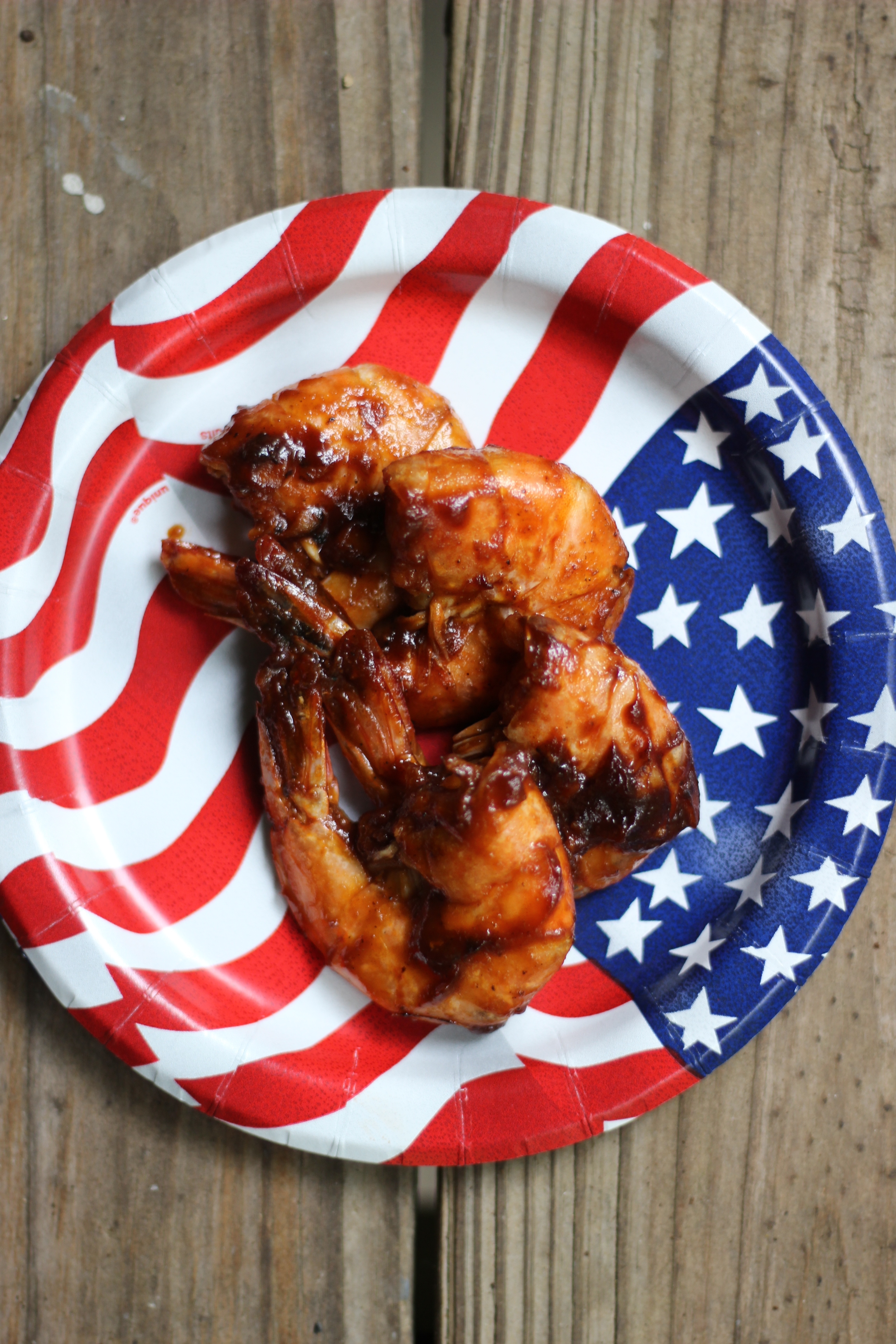Whew! I just got back from the Greenwich Wine & Food Festival. It was a crazy whirlwind and a complete blast — so many amazing food vendors, talks, games, and music… all set on the beautiful waterfront. Check out pics on my Instagram here and here.
Though I’m pretty beat, I just had to jump on here and give you my recipe for my apple cider char siu pork, the dish I cooked on the demo kitchen stage. Shame on me for not having it ready!
As I mentioned in my demo, I developed this dish for three reasons:
1) It’s a variation on the dish I made when I was first eliminated on Food Network Star. My dish was good, but my presentation didn’t impress the judges. So this was my chance for demo redemption … if only for myself.
2) I wanted to do a home-cooked riff on traditional char siu pork, a dish that perhaps you’ve had but never thought to make for yourself.
3) Char siu ingredients — cinnamon, star anise, cloves, ginger — are very much in line with the flavors of fall. Add apple cider and you’ve got a Chinese-Autumn dish that’s perfect for the season.
Traditional char siu pork is usually something you’d buy because it requires a special oven and esoteric ingredients. I’m pretty happy that this home version comes really close to the original, uses basic ingredients, and swaps out the typical shoulder or belly for lean and fast-cooking tenderloin.
I also call for something called “apple cider molasses”, a fun ingredient you can make at home. Did you know pomegranate molasses is simply reduced pomegranate juice? That was my thinking here. When you reduce the apple cider, you get a deeper, sweeter, thicker liquid that’s gives great flavor and body to the glaze. The concentrated sugar content also helps give the pork that sticky-sweet-and-spiced yum factor.
You can even make a bigger batch of molasses and use it like a syrup or sweetener. Try it in a vinaigrette, or a pop of flavor in your seltzer, or even a topping on yogurt or ice cream. Once you have the apple cider molasses, this dish only takes 30 minutes.
RECIPE
5 cups apple cider
¾ cup soy sauce
¼ cup hoisin sauce
6 garlic cloves, smashed
2-inch knob of ginger, peeled and sliced
3 tablespoons annatto seeds (optional — adds some of the red color characteristic of char siu pork, but very little flavor)
5 cinnamon sticks
½ cup star anise pods
1 tablespoon whole cloves
¼ cup honey
2 boneless pork tenderloins — 2-2 ½ lb in total
1 tablespoon 5-spice powder
1 tablespoon salt
2 tablespoons grapeseed oil
Add apple cider to medium saucepan and bring to a boil. Lower to simmer and reduce until 20% of volume, about 1 hour. You will have about 1 cup of reduced apple cider “molasses”. This can be done up to 3 days ahead.
Preheat oven to 425°F. Line baking sheet with foil, making sure it is entirely covered.
Dry pork loin with a paper towel and cut each tenderloin into two halves, so you have four pieces total. Rub with five spice powder and salt. Bring large skillet to medium-high heat and add oil. Sear the pork loin on all sides, 3-4 minutes on each side.
Place pork pieces on baking sheet and place in the oven on the middle rack. Roast for 15 minutes.
While the pork is roasting, add apple cider molasses, soy sauce, hoisin sauce, garlic, ginger, annatto seeds, cinnamon, cloves, and star anise to a saucepan. Bring to a boil and then reduce to simmer. Simmer for 15 minutes, then remove from heat. Strain glaze and add honey.
Remove pork from oven and turn oven to broil. One by one, place pork pieces in a medium bowl and spoon glaze on top, making sure the entire surface is coated.
Place pork on top rack and broil for 5 minutes. Remove from oven and allow to rest. Serve with remaining reserved glaze.




























